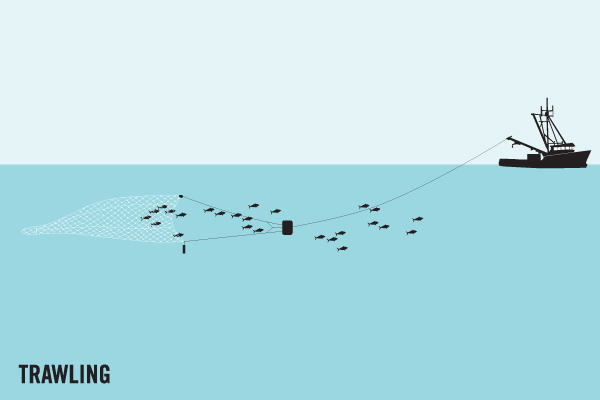Average Weight/Length
Though most specimens are generally found in the 5-30 lb (2–14 kg) range, the black drum is well known as the largest of all the drum family with some specimens reaching excesses of 90 lb (40 kg).
Other "Popular" Names for this Fish
Drum, Striped Drum
Location Habitat
Black drum (Pogonias cromis) can be found in nearshore waters along the Atlantic coast from the Gulf of Maine to Florida and as far south as Argentina. Atlantic coast black drum migrate inshore to the north in the spring, and to the south in the fall. Fish can reach over 46", 120 pounds and 60 years of age. Found usually over sand and sandy mud bottoms in coastal waters, especially in areas with large river runoffs. Juveniles often enter estuaries. Feeds mainly on crustaceans, mollusks and fishes.
Biology & Physical Description
Somewhat similar to the Redfish in shape, but usually distinguishable by color, and always by the fact that the Drum has barbels, or feelers on the underside of the lower jaw. Juvenile Drum have black vertical stripes on dusky white sides, as do Sheepshead (which see). Only novices will be confused, however, because Drum lack the prominent sheep-like teeth that give the Sheepshead its name. The stripes fade with age and adult Drum are usually blackish above and white below, although some develop a decidedly bronze hue. They grow rapidly until the age of 15, at which time growth slows. Spawning occurs during the winter and early spring, occurring earlier in the southern areas (November - April) and later in the northern areas (April - June). An average-sized female (13.4 pounds) may spawn 32 million eggs each year. Recruitment appears to be sporadic, with infrequent large events. Black drum are primarily bottom feeders. Young black drum feed on small fish and invertebrates, such as copepods, annelids, and amphipods. The eggs and larvae of this species were shown to be subject to high predation. As juveniles, they are prey to a wide range of estuarine fish species, such as spotted seatrout and crevalle jack.
Geographic Species Map (Fishbase.org Map)
|
|

|
Summary of Distribution: Western Atlantic: Nova Scotia to Florida, Gulf of Mexico, the Antilles (uncommon), and the southern Caribbean coast; also from the Orinoco delta to Argentina. |
|
Note: Distribution range colors indicate degree of suitability of habitat which can be interpreted as probabilities of occurrence (fishbase.org) |
|
Sport Fishing Techniques
|
|
Kite Fishing (Rig)A Kite Fishing Rig is.... |
|
|
|
Kite Fishing (Trolling)Kite Fishing Trolling is when you are.... |
|
|
|
TrawlingTrawling is when.... |
|
Tackle & Baits
Surf tackle and saltwater boat rods are used when targeting big fish, but even the lunkers can be caught rather easily on spinning and casting tackle with a bit of patience. Fly fishing is a challenge. Any sort of crustacean, from shrimp to cut blue crab to whole small crab, makes fine bait for Drum. Cut fish and squid work fairly well. Drum are not avid lure-chasers but can be taken on slowly worked jigs in deep water, and by carefully presented streamer flies and jigs on the flats.
Game Rating
Game Rating : 8/10
Game Description :
Strong, bullish fight, but not so tough as the Redfish, size for size.
Food Rating
Game Rating : 7/10
Game Description :
Drum to about 6 or 8 pounds are as tasty as Redfish. Larger ones become quite coarse.
Picture (Fish)
|
|
|
Picture Mount
|
|
Product Specs
Available Sizes: 24 in. - 50 in.
Details: Fired-Enamel Glass Eye
Optinal Coating: UV Inhibitive Polyurethane Outdoor Coating




















 Black Drum
Black Drum 







